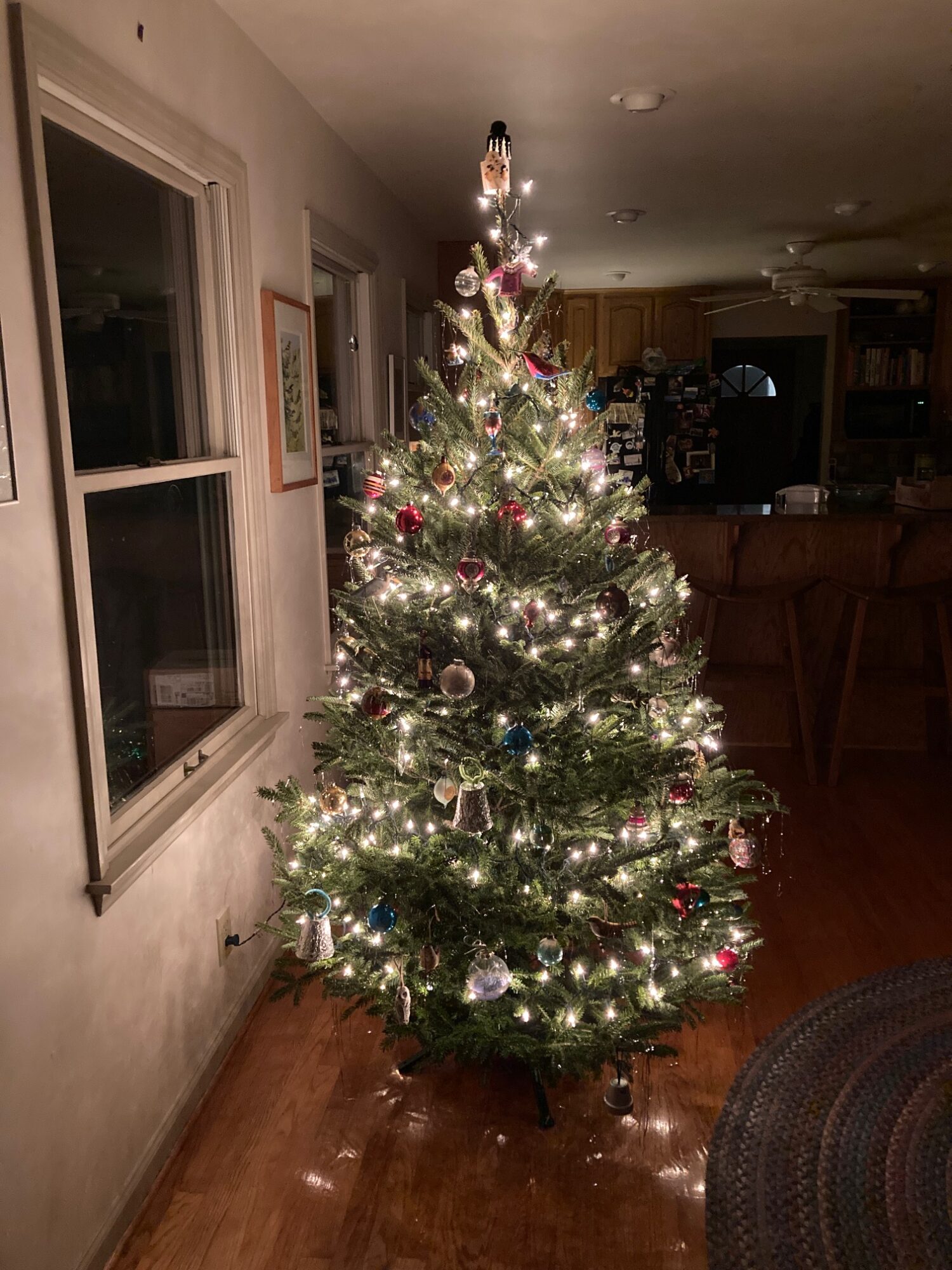We lost my older brother a bit over five years ago, and, as you might expect, in the aftermath of his death, my emotions were roiled and at times conflicted. Among other things, I was angry with him. Deeply, almost cripplingly angry. Why? Because in his youth he engaged in a lot of self-destructive behavior, and one could draw a clear line from his poor choices early in life to the cause of his death at too young an age.
Bill and I were very close, despite the nearly fifteen years between us. When I was young, I worshipped him. Later, I saw his flaws more clearly, but I still adored him. His death clobbered me. I was devastated and for a while that devastation manifested, in part, as rage — at the loss, at the injustice, and, yes, at what I perceived as the needlessness of it all. At the same time, though, I didn’t want to hold on to the anger. I wanted to grieve for him properly, without the resentment. And I got there eventually. But it took years, and several long, painful conversations with my therapist.
In writing my “what matters” posts over the past couple of weeks, I have thought about this particular post a good deal. We may devote a good deal of our time to work, but most of us expend the bulk of our emotional energy — another finite personal resource — on our relationships with friends, family members, and romantic partners, as well as with work colleagues.
In my first post of the new year, I wrote about a different set of anger issues that I have been trying to control in recent months. I honestly can’t discuss these publicly, but suffice it to say I know this anger is no more productive for me than was the anger I directed at my brother. In my view, anger is not always a negative emotion. Righteous anger can empower and even inspire. But simmering resentments tend to wear on us and drain us.
In the past couple of years, I have tried a different tactic — although clearly from what I’ve written here, I am still figuring all of this out. In my professional dealings, when I encounter people who are dishonest, disrespectful, disruptive, I cut them out of my life. It’s that simple. I have no patience anymore for the kind of people I’m referencing here. (And some of them, if they’re reading this, may well recognize themselves.)
This is harder to do in our personal lives. But often it’s every bit as necessary. Toxic interactions, abusive friends and family, interactions that leave us feeling badly about ourselves — no one needs this.
I have started this post with the negative, and that may have been a mistake. Because the truth is, personal relationships mean more to me than anything, beginning with my marriage and my relationships with my daughters. I love my extended family, I have many years-long friendships that I treasure deeply, and I am fortunate to have a number of professional friends and colleagues whom I respect and enjoy seeing at conventions and other events. And just as negative interactions leach away my emotional energy, these positive ones boost it. I know this, and no doubt you know it in your life as well. It’s intuitive. And yet, so many of us continue to engage with people who suck more out of our lives than they put into them.
As I discussed last week, we have limited time for all the things we want and need to do, day to day and week to week. Spending time with the people we love, the people we enjoy seeing, the people whose company enhances our lives — nothing matters more, in my view. But I would also say it’s very nearly as important to avoid those encounters that rob us of joy, of energy, of confidence. Sometimes they can’t be avoided. We can choose our friends, the saying goes; we can’t choose our family. And, I would add, we can’t choose our friends’ friends. Nor can many of us choose our co-workers and the people we interact with in parts of our lives over which we have less control.
We do have a choice, though, as to how we engage with the people around us. What matters, it seems to me, is continuing to feed the relationships that nourish us in return, and to set strict boundaries around those that don’t. As I say, we can’t avoid entirely the people who aren’t good to us or for us. But we can keep them at arm’s length. And, on those occasions when we have to interact at greater length or in greater depth than we would like, we can remind ourselves at every opportunity of our own worth, and of the histories that let us know a given person can’t be relied upon or shouldn’t be trusted.
I should add here that I don’t want my glib solutions to minimize the dangers of a truly abusive relationship. Extricating oneself from such situations is far more complex and difficult than I have made all of this sound. There are excellent resources available for those who find themselves in such circumstances, and if you are in an abusive relationship, please, please, please seek professional help.
We have limited time. We have limited emotional energy. We deserve to have as much time as possible with the people we love and who love us back for who we are. I believe devoting time and energy to those relationships should be at the very top of the list of things that matter in our lives.
Have a wonderful week.









 What matters to me? Professionally, for this coming year, a few things. I have a series debuting in February. I want to promote the hell out of it. I want to feel at the end of the release windows — the weeks immediately preceding and following the releases of the three books — that I have done all I could to make the series successful. I also have an old series that I want to re-release. I’ve been talking about doing this for several years now, and each year I have found other projects to take up my time and energy. But this series, Winds of the Forelands, is one about which I am passionate. This is the year I bring it out again. It matters to me. And I want to start something new, a series that will take me in a new direction, I have resisted starting it for a couple of years, I believe because I am intimidated by the magnitude of what I’m taking on. It’s time to get over my hesitation.
What matters to me? Professionally, for this coming year, a few things. I have a series debuting in February. I want to promote the hell out of it. I want to feel at the end of the release windows — the weeks immediately preceding and following the releases of the three books — that I have done all I could to make the series successful. I also have an old series that I want to re-release. I’ve been talking about doing this for several years now, and each year I have found other projects to take up my time and energy. But this series, Winds of the Forelands, is one about which I am passionate. This is the year I bring it out again. It matters to me. And I want to start something new, a series that will take me in a new direction, I have resisted starting it for a couple of years, I believe because I am intimidated by the magnitude of what I’m taking on. It’s time to get over my hesitation.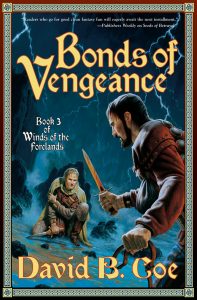 What about you? I’m not merely asking what you wish to accomplish, though obviously that’s part of the equation. I’m asking as well what you care about. Sure, maybe you want to be published — or at least contracted — by year’s end. That’s a laudable goal. But what project will get you there? What story is burning brightest inside you? What work will bring you joy? What project is most likely to tap into your greatest creative passion? That ought to be part of the equation as well.
What about you? I’m not merely asking what you wish to accomplish, though obviously that’s part of the equation. I’m asking as well what you care about. Sure, maybe you want to be published — or at least contracted — by year’s end. That’s a laudable goal. But what project will get you there? What story is burning brightest inside you? What work will bring you joy? What project is most likely to tap into your greatest creative passion? That ought to be part of the equation as well.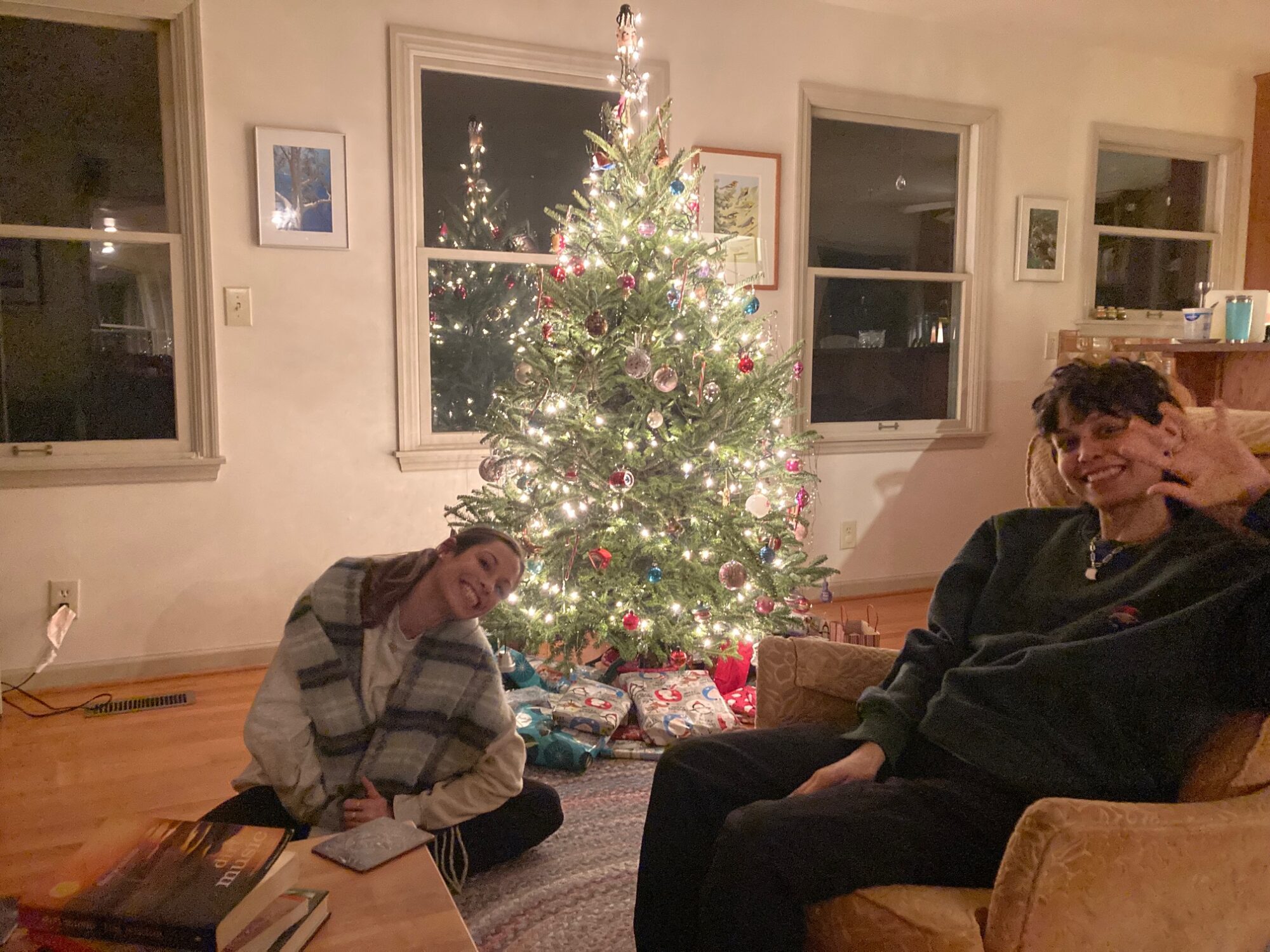 This will be brief. We have had our girls in for the holiday, though Winter Storm Elliott very nearly kept our younger daughter in Denver for the weekend. We have managed the cold and kept the house warm with fires in the fireplace and well-placed space heaters. We’ve enjoyed clam dip and cinnamon rolls, homemade soups and Indian-style butter salmon. We’ve even had a couple of meals out.
This will be brief. We have had our girls in for the holiday, though Winter Storm Elliott very nearly kept our younger daughter in Denver for the weekend. We have managed the cold and kept the house warm with fires in the fireplace and well-placed space heaters. We’ve enjoyed clam dip and cinnamon rolls, homemade soups and Indian-style butter salmon. We’ve even had a couple of meals out.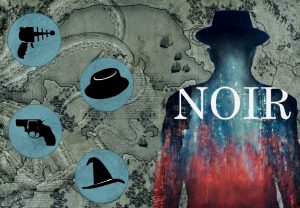 So far, we have received some very good stories. We have also received far, far more that won’t make the first cut. And so I thought I would go over again, briefly, the things that can make or break a story submission, at least for this editor.
So far, we have received some very good stories. We have also received far, far more that won’t make the first cut. And so I thought I would go over again, briefly, the things that can make or break a story submission, at least for this editor.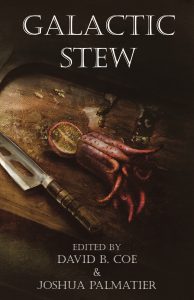 Will I reject a story simply because it is single-spaced instead of double-spaced? No, I’m not quite that mean. But when reading a story, knowing I have literally dozens more waiting in the queue, I will only tolerate so many flaws before I reject it. Remember, I have 500 stories to choose from. I can and will find what I’m looking for. No story is ever perfect, so ask yourself, do you want to expend one of your flaws on formatting? Or do you want to present your story correctly so that I can judge it on its artistic merits? The answer seems self-evident to me.
Will I reject a story simply because it is single-spaced instead of double-spaced? No, I’m not quite that mean. But when reading a story, knowing I have literally dozens more waiting in the queue, I will only tolerate so many flaws before I reject it. Remember, I have 500 stories to choose from. I can and will find what I’m looking for. No story is ever perfect, so ask yourself, do you want to expend one of your flaws on formatting? Or do you want to present your story correctly so that I can judge it on its artistic merits? The answer seems self-evident to me.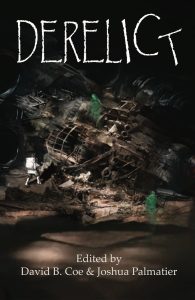 1) I abhor the cliché, but think outside the box. As
1) I abhor the cliché, but think outside the box. As 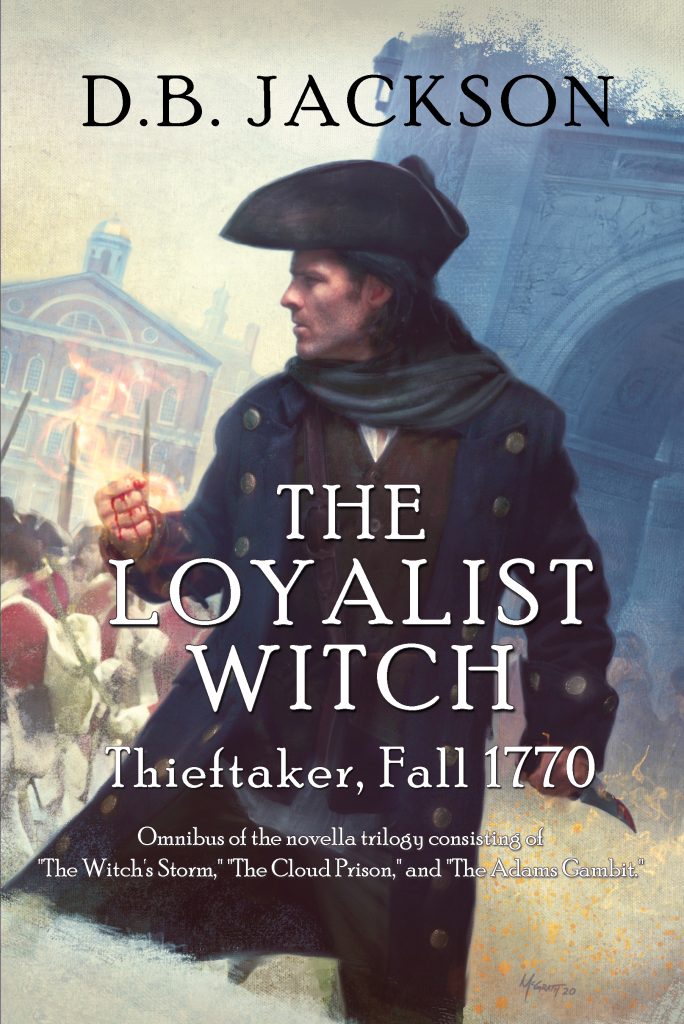 What are you giving for the holidays?
What are you giving for the holidays?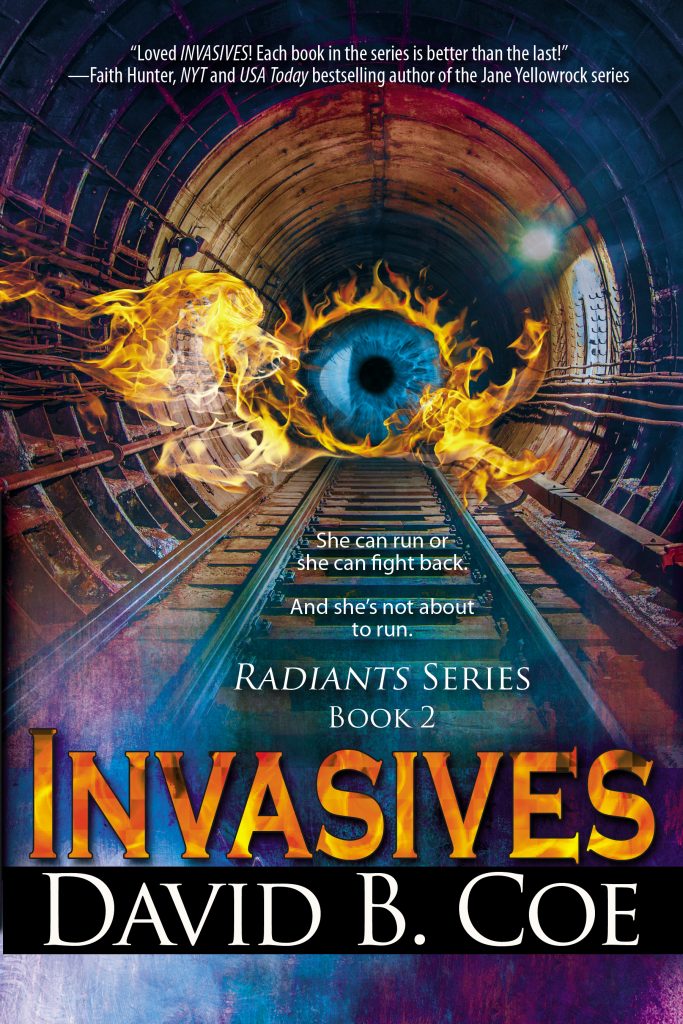 May I suggest a book, or several books?
May I suggest a book, or several books?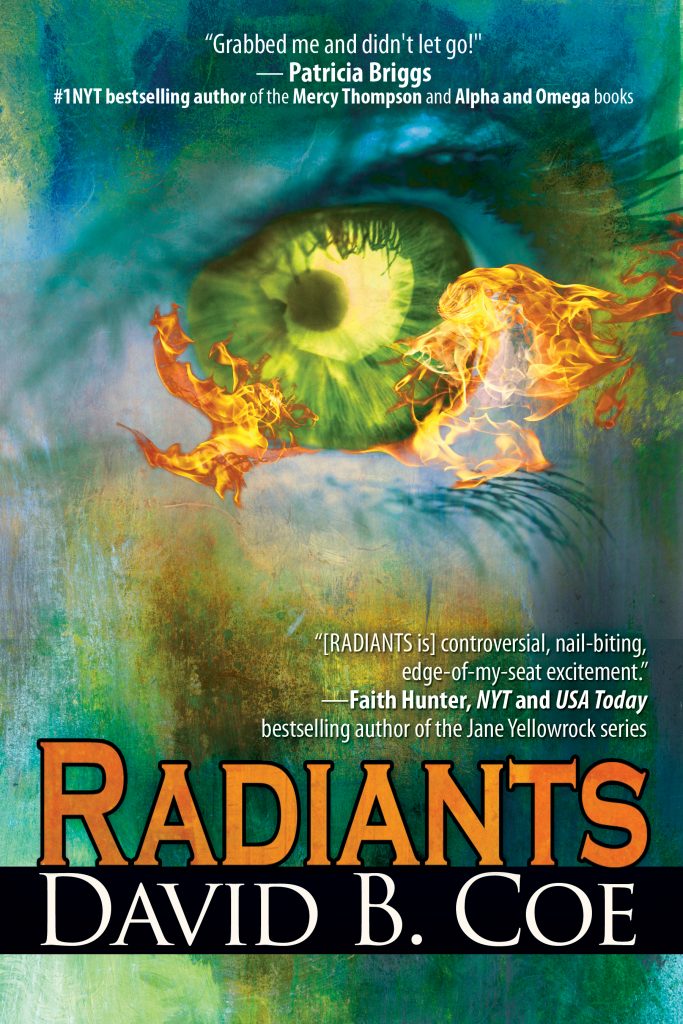 Yes, I know, this probably seems a little crass. But here’s the thing: Creators like me make our livings off the sale of our creations. It really is that simple. If our books (or music or art or whatever) don’t sell, we don’t earn.
Yes, I know, this probably seems a little crass. But here’s the thing: Creators like me make our livings off the sale of our creations. It really is that simple. If our books (or music or art or whatever) don’t sell, we don’t earn.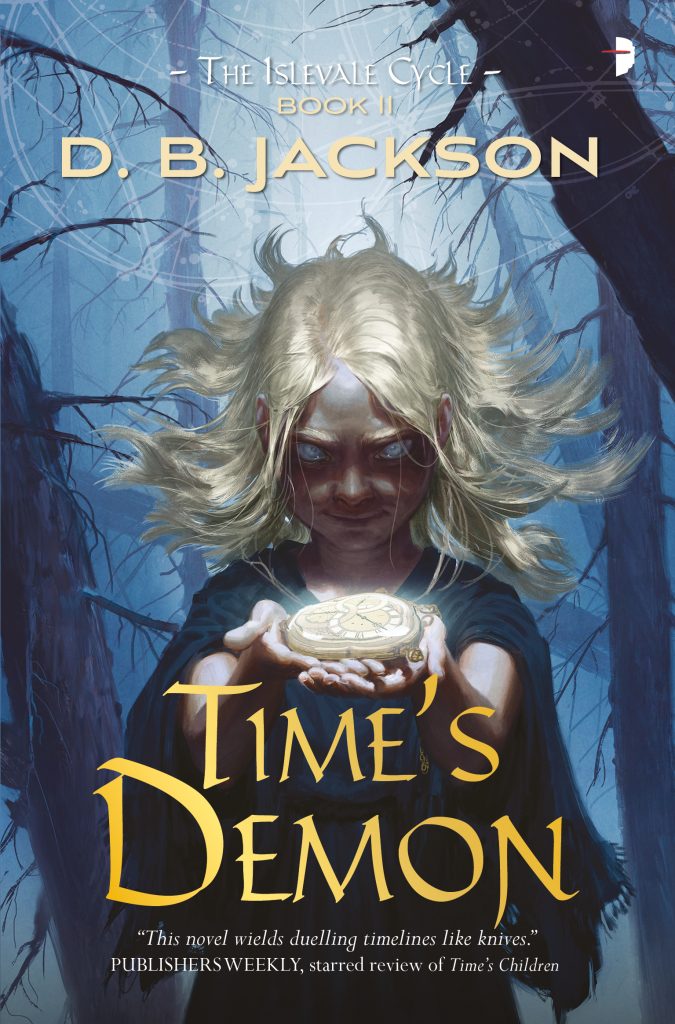 Now, many of you are probably saying at this point that you have already bought my books and, I hope, read and enjoyed them. That’s wonderful. Thank you. Truly.
Now, many of you are probably saying at this point that you have already bought my books and, I hope, read and enjoyed them. That’s wonderful. Thank you. Truly. Two years ago at this time, I was revising Radiants and starting to organize my plans for Invasives, the second book in the sequence. I had never written a supernatural thriller before, but I had the idea and wanted to give it a go.
Two years ago at this time, I was revising Radiants and starting to organize my plans for Invasives, the second book in the sequence. I had never written a supernatural thriller before, but I had the idea and wanted to give it a go.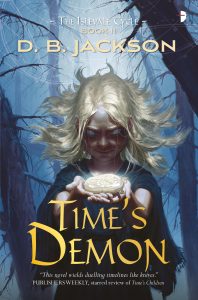 Around that same time, I was also reading submissions for the Temporally Deactivated anthology, my first co-editing venture. Last year I opened my freelance editing business, and a year ago at this time, I was editing a manuscript for a client.
Around that same time, I was also reading submissions for the Temporally Deactivated anthology, my first co-editing venture. Last year I opened my freelance editing business, and a year ago at this time, I was editing a manuscript for a client.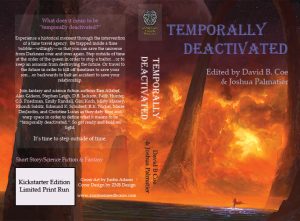 Last week, I wrote about planning out my professional activities for the coming year. This week, I want to discuss a different element of professional planning. My point in starting off with a list of those projects from past years is that just about every year, I try to take on a new challenge, something I’ve never attempted before. I didn’t start off doing this consciously — I didn’t say to myself, “I’m going to start doing something new each year, just to shake things up.” It just sort of happened.
Last week, I wrote about planning out my professional activities for the coming year. This week, I want to discuss a different element of professional planning. My point in starting off with a list of those projects from past years is that just about every year, I try to take on a new challenge, something I’ve never attempted before. I didn’t start off doing this consciously — I didn’t say to myself, “I’m going to start doing something new each year, just to shake things up.” It just sort of happened. As it turns out, these new challenges have brought me to a place where I can say, in all candor, that I have never been happier in my work than I am now. Each time I try something new, I reinvigorate myself as a creator. I force myself out of the tried-and-true, the comfortable. With each of the new projects I mentioned above I had a moment of doubt. I wondered if I was capable of accomplishing what I set out to do. Now, I’m a pretty confident guy when it comes to my writing chops and my ability to help others improve their writing, so those doubts didn’t last long. But they were there each time.
As it turns out, these new challenges have brought me to a place where I can say, in all candor, that I have never been happier in my work than I am now. Each time I try something new, I reinvigorate myself as a creator. I force myself out of the tried-and-true, the comfortable. With each of the new projects I mentioned above I had a moment of doubt. I wondered if I was capable of accomplishing what I set out to do. Now, I’m a pretty confident guy when it comes to my writing chops and my ability to help others improve their writing, so those doubts didn’t last long. But they were there each time.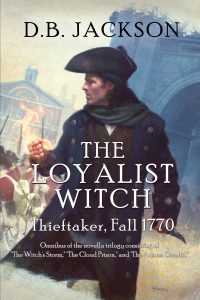 But those new challenges did more than that. They kept my professional routine fresh. I am a creature of habit. I try to write/edit/work every day, so in a general sense, my work days and work weeks don’t change all that much. By varying the content of my job — by writing new kinds of stories and expanding my professional portfolio to include editing as well as writing — I made the routine feel new and shiny and exciting. And at the same time, these new projects made it possible to return to some old favorites, notably the Thieftaker series, with renewed enthusiasm.
But those new challenges did more than that. They kept my professional routine fresh. I am a creature of habit. I try to write/edit/work every day, so in a general sense, my work days and work weeks don’t change all that much. By varying the content of my job — by writing new kinds of stories and expanding my professional portfolio to include editing as well as writing — I made the routine feel new and shiny and exciting. And at the same time, these new projects made it possible to return to some old favorites, notably the Thieftaker series, with renewed enthusiasm.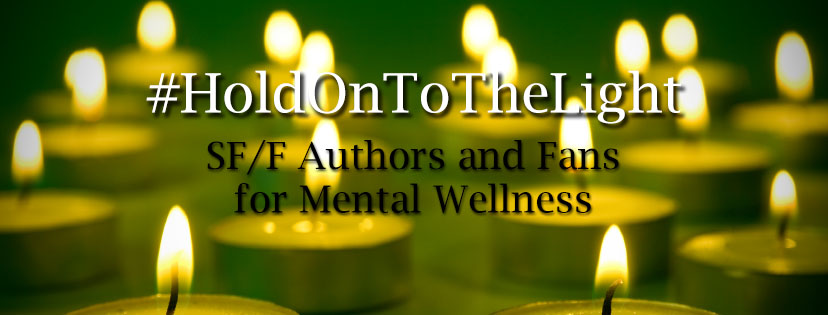 This post probably isn’t about what you think it is.
This post probably isn’t about what you think it is.